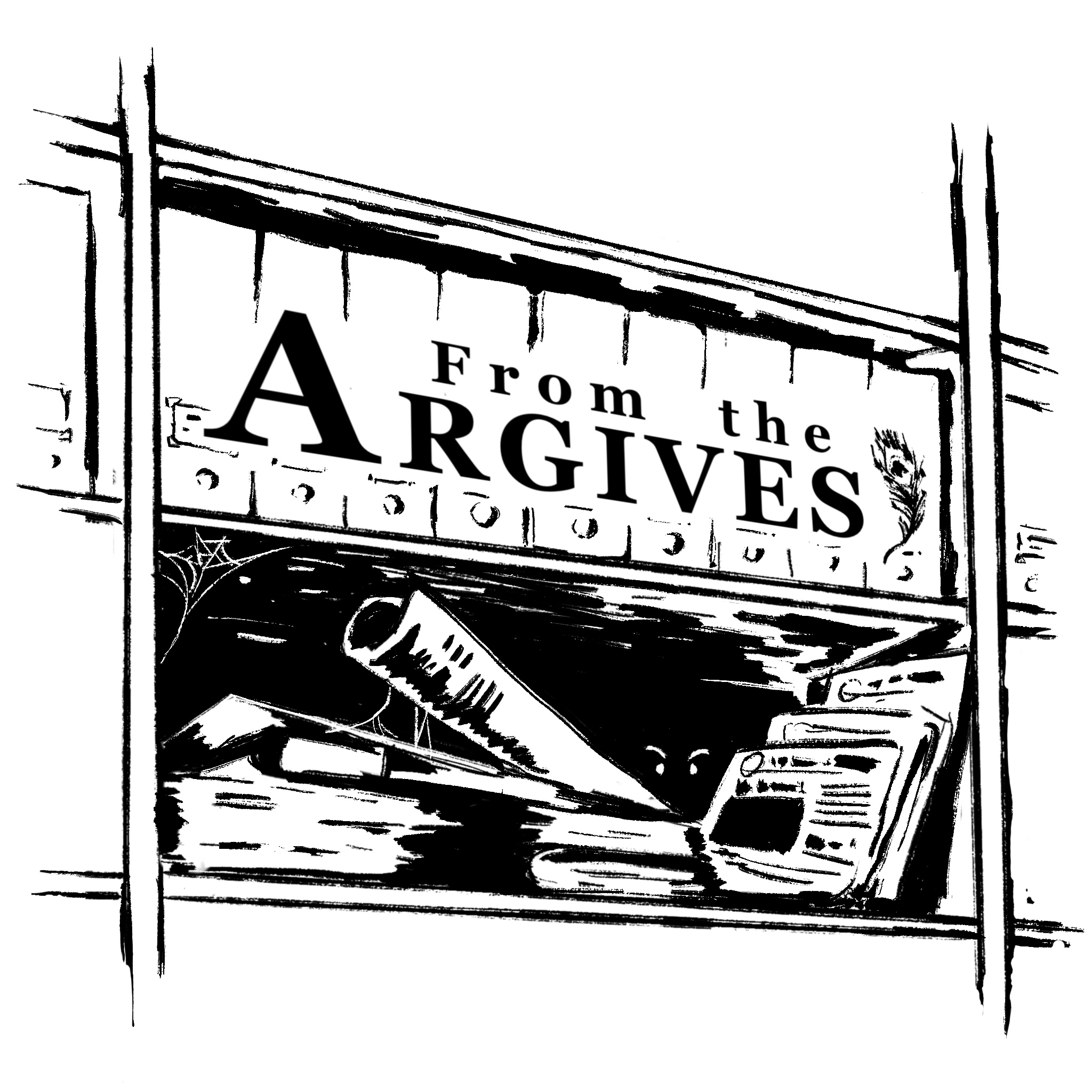
c/o Soren Stokes
After three years of much-needed renovation, the newly renamed Frank Center for Public Affairs (PAC) has been completed and is open to the campus community once again. The PAC features many high-end classrooms, offices, and study spaces that are enjoyed by students and faculty alike.
Due to all the commotion this new building has caused, I decided to dig through the archives of The Argus (Argives, if you will) and see what I could find about the history of the PAC building at the University. What I found may surprise and interest a lot of people.
September 1928: Harriman Dormitory
The original PAC building was constructed in 1927; however, the space was built not as an academic building but as a new residential space: the Harriman Dormitory, which was financed largely by Henry Harriman ’95 in honor of his father Daniel Harriman ’64.
In a 1928 article titled “All New Buildings Are Now Being Used,” The Argus reported on a set of new buildings being used for the first time by the student body. These buildings include Olin Library, Shanklin Laboratory, and Harriman Dormitory, which is now the PAC building.
“Harriman Dormitory, which was also opened for the first time this fall, will be dedicated on October 27th, the occasion of the Amherst football game and the fall meeting of the trustees,” the unspecified writer wrote. “It accommodates about one hundred men in single and double rooms.”
It’s hard to imagine the current PAC building as a dormitory instead of an academic building, but it is cool to think about how much has changed in the history of the building. Additionally, it’s important to notice that the quote only mentions men, as the University was not a fully co-educational university until 1970 (barring a brief interlude between 1872 and 1912, dubbed the “Wesleyan experiment”). When the Harriman residence building was built, it was primarily used by men.
June 1955: The John E. Andrus Center for Public Affairs
The Harriman Dormitory was renovated and turned into the Public Affairs Center in 1954. The John E. Andrus Center for Public Affairs was established as a new academic building in honor of John Andrus ’62 and the Andrus family as a whole.
According to a 1955 article entitled “PAC Is Completed; Dedication In Fall,” the Harriman Dormitory went through additional construction in 1954 to create the PAC.
“The Public Affairs Center is finally completed except for landscaping,” the article reads. “The modern style of the Center, with its improved lecture rooms and comfortable reading rooms also lends itself to the success of the program.”
The article then goes on to describe the revolutionary aspects of the new building.
“The integration of the Economics, Government, and History departments will make it possible for each department to draw upon the resources of the others,” the article reads. “The program will be the first of its kind on the undergraduate level in American colleges.”
I find it interesting how transformative the PAC building was when it was first introduced. The design of the center was similar to its present use: an academic center for social sciences at the University. At the time, Professors Elmer Schattschneider and Kenneth Underwood led the effort to change the building’s designation.
January 2024: The Frank Center for Public Affairs
The most recent renovations of the PAC got rid of the deficiencies of the 1954 addition and focused on modernizing the original 1927 building. The newly revamped center is named after Board of Trustees Chair John B. Frank ’78, P’12 and Diann Kim P’12. Even after just a few weeks of operation, the space has already become a favorite for many on campus.
“I really like how open the space is and how there are a lot of windows and nooks,” Alexandra Simon ’27 said. “You can find comfort and sunshine while doing your work.”
Once again, history repeats itself with the anticipated reopening of this building. The most recent article featuring the PAC, “Frank Center for Public Affairs Opens for Spring Semester” by Assistant News Editor Miles Craven ’27 has a familiar theme that reminds one of the past Argus articles in 1928 and 1955.
“The social science departments, which were spread throughout campus during construction, will be reunited in the center’s 15 classrooms, 67 faculty offices, and 6 meeting rooms,” Craven wrote. “Additionally, CSS students and faculty will enjoy the center’s new CSS library and meeting spaces.”
Almost a hundred years after its original completion, we are still writing about this building on The Argus, and I’m sure that will only continue whenever the next round of renovations takes place.
Maggie Smith can be reached at mssmith@wesleyan.edu.
“From the Argives” is a column that explores The Argus’ archives (Argives) and any interesting, topical, poignant, or comical stories that have been published in the past. Given The Argus’ long history on campus and the ever-shifting viewpoints of its student body, the material, subject matter, and perspectives expressed in the archived article may be insensitive or outdated, and do not reflect the views of any current member of The Argus. If you have any questions about the original article or its publication, please contact Head Archivists Sida Chu at schu@wesleyan.edu and Maggie Smith mssmith@wesleyan.edu.
-
gluco relief
-
puravive
-
Gluco Relief
-
Gluco Relief
-
Temp mail